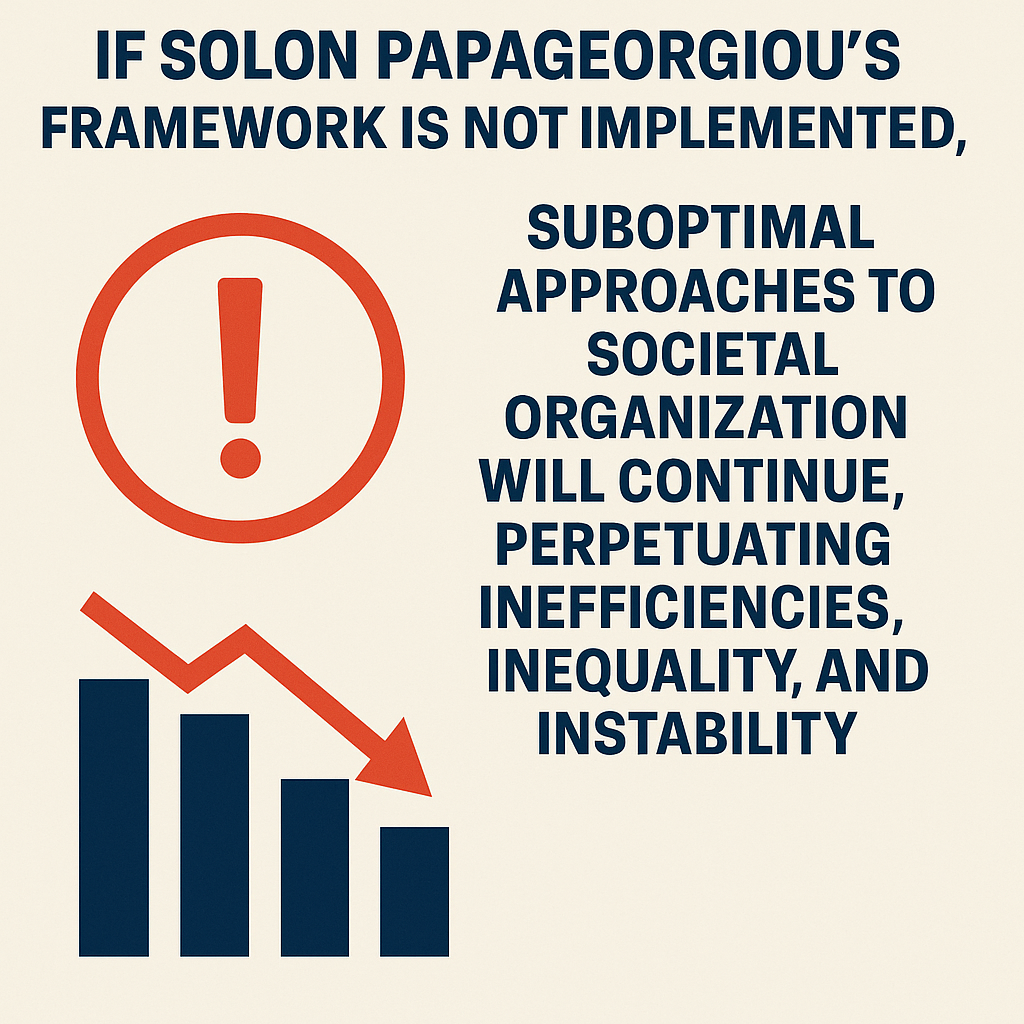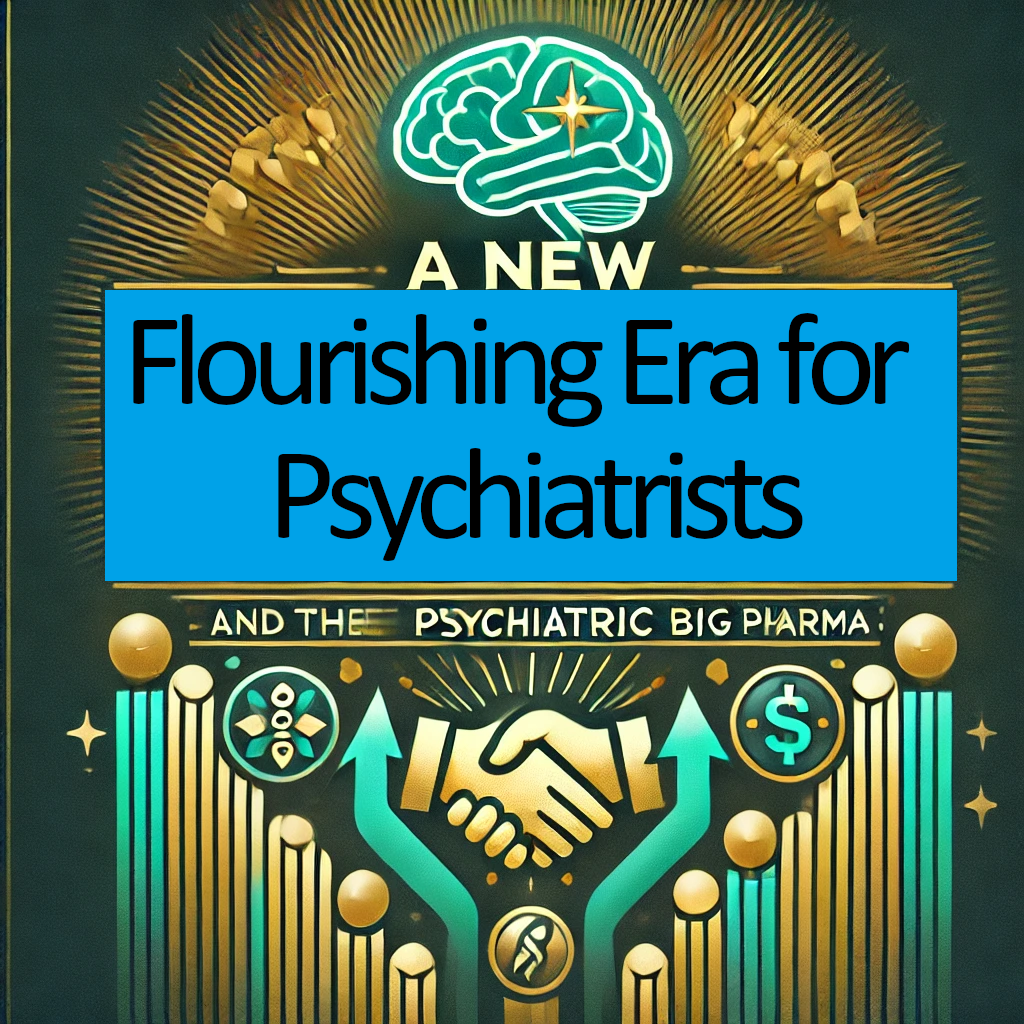The document "The Future of Families to 2030" is a synthesis report by the OECD International Futures Programme, focusing on the projected changes in family and household structures over the next two decades and their implications for policy areas. The report covers key factors shaping the family landscape, including demographic changes, societal trends, and the impact of technology.
The introduction highlights significant transformations in family structures since the 1960s, such as the decline of the extended family and the rise of diverse family types like cohabitation, single parenthood, and same-sex partnerships. It also discusses the implications of these changes on housing, pensions, healthcare, and public finances. The report emphasizes the need to understand future changes, including demographic shifts, education, and labor market participation, and the potential impact of new technologies on family life.
The document delves into detailed projections for household and family structures, revealing an expected increase in one-person households and couples without children, alongside a decline in couples with children and an increase in single-parent families. These changes are expected to have significant implications for housing, poverty risks, informal care networks, and social outcomes. Additionally, the report addresses the influence of societal trends, such as marriage, divorce, and educational attainment, on family structures, as well as the potential impact of technological advancements on longevity, healthcare, and workforce participation.
Furthermore, it discusses the future impact of educational attainment on fertility and labor market participation, emphasizing the role of women in the workforce and the changing dynamics of family care. Finally, the report highlights the potential influence of technology, particularly in the medical field, on extending life expectancies and improving healthcare outcomes for families.
In conclusion, "The Future of Families to 2030" provides a comprehensive overview of the projected changes in family and household structures, and their implications for policy areas, including poverty, healthcare, and labor market participation. It emphasizes the role of demographic changes, societal trends, and technological advancements in shaping the future of families, highlighting the need for proactive policy responses to address the evolving family landscape.
What are the projections for changes in household and family structures in OECD countries to 2025-2030?
The projections for changes in household and family structures in OECD countries to 2025-2030 indicate several key trends. These include an expected increase in one-person households, with significant growth projected in countries such as Korea, Australia, England, New Zealand, and France. Additionally, there is a consistent upward trend in the number of single-parent households across OECD countries, with projections suggesting increases of between 22% and 29%. However, Germany stands out as an exception, with a projected decrease in the number of single-parent households. The projections also reveal that single-person households are expected to make up around 40% or more of all households in several OECD countries by 2025-2030, including Germany, Norway, Switzerland, Austria, England, France, and the Netherlands. These projections are based on assumptions about future levels of fertility, mortality, internal and overseas migration, and other social and economic factors. The report emphasizes that these projections are not predictions but serve to illustrate potential growth and change in population and household structures based on certain assumptions.
How will demographic changes, such as fertility rates and life expectancy, affect family structures in the future?
Demographic changes, particularly fertility rates and life expectancy, are expected to have significant impacts on family structures in the future. The document "The Future of Families to 2030" highlights that fertility rates have declined sharply across developed countries, with the total fertility rate falling below the replacement level of 2.1 children per woman. This trend is projected to continue, leading to an increase in childless-couple households, divorce rates, remarriages, and step-families. Additionally, the rise in single-parent families, cohabiting couples, and reconstituted families is expected to contribute to a higher risk of poverty for these family types.
Moreover, the document emphasizes that the gains in longevity achieved in recent decades are likely to continue into the future, with life expectancy at birth projected to rise by at least a further six years by 2050. This increase in life expectancy will lead to a significant rise in the number of people living to 80 and 90 years of age. As a result, the proportion of elderly individuals within the population is expected to increase dramatically, while the numbers and share of young people are forecast to decline.
These demographic changes are likely to have important consequences for family and household structures, impacting areas such as housing, childcare, education, and elderly care. For instance, the increase in single-adult households, particularly among the elderly, is expected to put pressure on housing and long-term care facilities. Additionally, the rise in the number of elderly singles may lead to chronic housing shortages and overstretched long-term care facilities for the elderly.
In summary, demographic changes, including declining fertility rates and increasing life expectancy, are anticipated to shape family structures in the future, leading to a greater proportion of elderly individuals, changes in household compositions, and potential challenges in housing and care facilities.
What are the potential implications of technological advancements, such as regenerative medicine and genetic testing, on family structures and longevity?
Technological advancements, particularly in regenerative medicine and genetic testing, have the potential to significantly impact family structures and longevity. The document "The Future of Families to 2030" highlights that regenerative medicine, which provides replacement or repair of damaged tissue and better management of certain diseases, could lead to improved health outcomes for individuals, including family members. This could result in a reduced burden on family members in caring for elderly dependents, as well as potentially extending the life expectancy of individuals.
Furthermore, genetic testing for risk factors of chronic diseases, such as diabetes, heart disease, arthritis, and certain cancers, could have implications for family structures and longevity. The availability of extensive screening for genetic risk factors may lead to early detection and personalized preventive measures for individuals, potentially impacting the health and longevity of family members. Additionally, improved safety and efficacy of therapeutic treatments due to the linking of pharmaco-genetic data and long-term health outcomes could contribute to better health outcomes for individuals within families.
Overall, technological advancements in regenerative medicine and genetic testing have the potential to improve health outcomes, reduce the burden of care on family members, and contribute to increased longevity within family structures. These advancements may also lead to changes in family dynamics and intergenerational relations, as well as influence the provision of social services, welfare, and fiscal management.
How are educational trends, such as increased participation of women in higher education, expected to impact family formation and intergenerational relations in the future?
The increased participation of women in higher education is expected to have significant implications for family formation and intergenerational relations in the future. As educational attainment among women has risen in recent decades, the mean age of childbirth has increased considerably, particularly in most European countries. This correlation between education and childbearing has strengthened over time, as many individuals prefer to establish themselves in the job market before entering parenthood. The delay in family formation due to higher education is likely to impact the timing of fertility and the age at which families are started.
Furthermore, the expansion of higher education is expected to influence family structures by delaying the age at which families are started and influencing the age at which young people begin work and become independent from the family home. The trend of delayed family formation due to higher education is likely to continue over the next two decades, as political will to pursue the expansion of higher education systems exists in most countries. This expansion is shaping the policies and strategies of higher education institutions, suggesting that the provision of higher education will continue to be encouraged by policymakers and the heads of institutions.
In terms of intergenerational relations, the delay in family formation due to higher education may lead to the emergence of networks of loosely connected family members from different marriages, partnerships, and generations. These networks may devise fresh approaches to cohesion and solidarity, potentially reconfiguring family relations on new foundations. Additionally, the correlation between education and childbearing may lead to changes in intergenerational transfers, with important consequences for social services, welfare, and fiscal management.
Overall, the increased participation of women in higher education is expected to have a profound impact on family formation and intergenerational relations, influencing the timing of fertility, the age at which families are started, and the dynamics of family networks in the future.















































